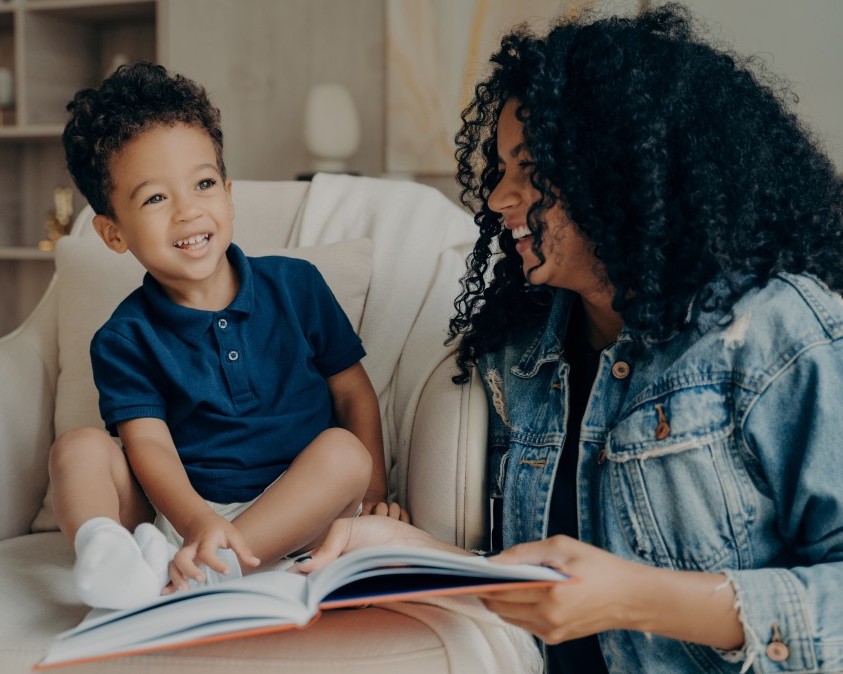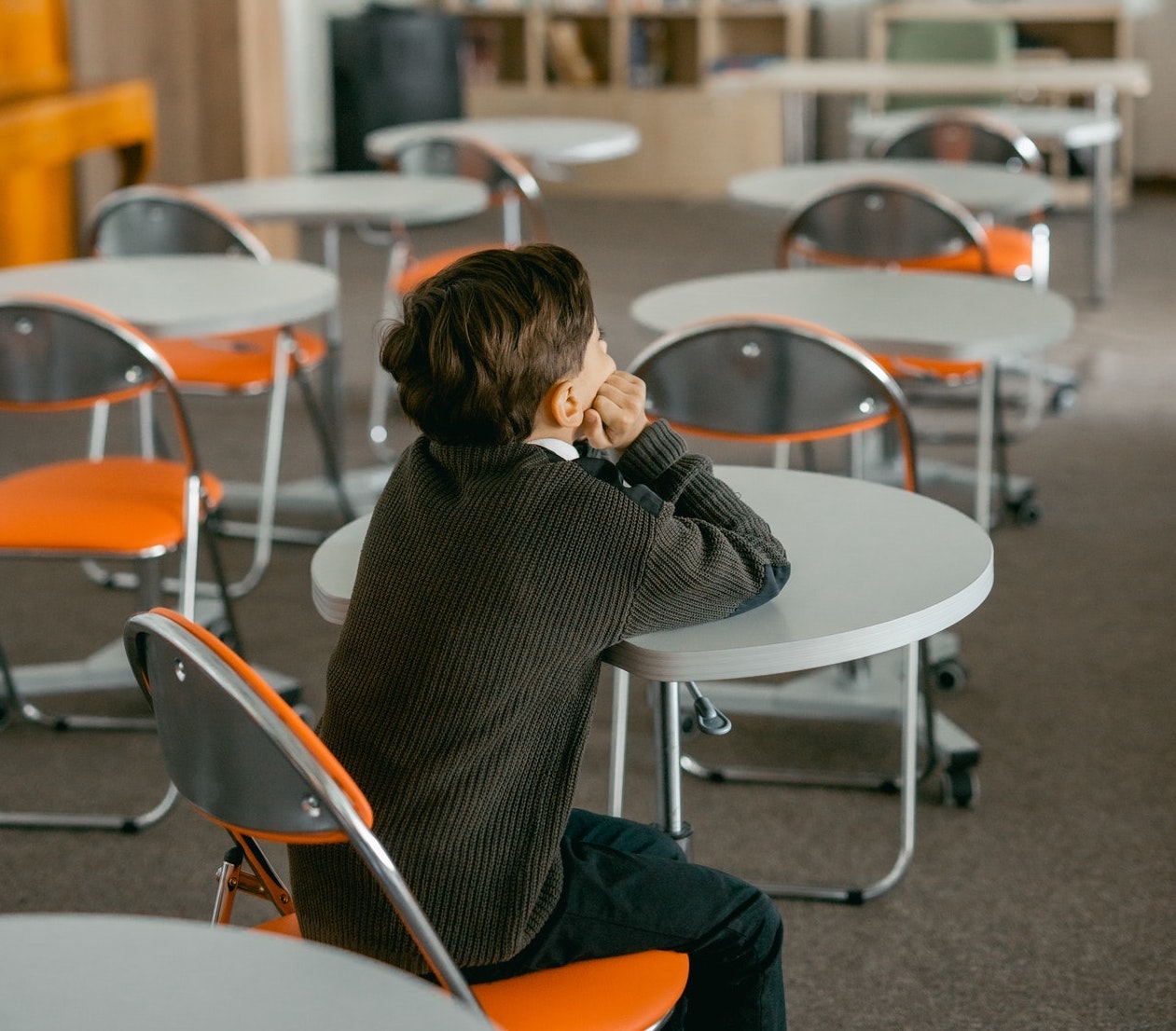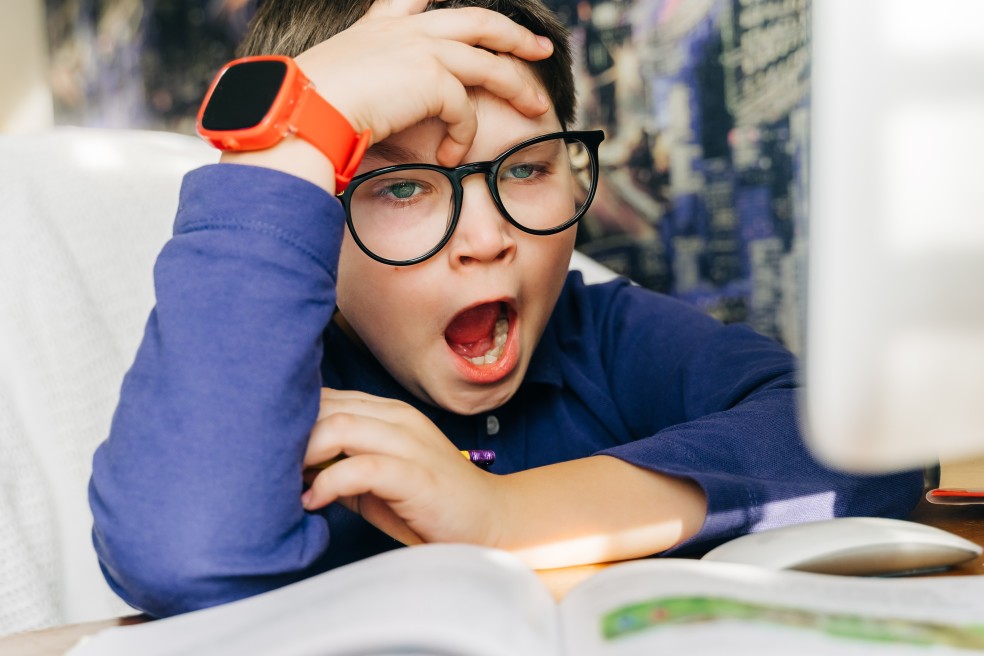When It Comes to Children’s Picture Books, Which is Better, Paper or Pixels?
 Digital picture books have been a godsend during the pandemic. With libraries shuttered and bookstores a nonessential trip, many parents have downloaded book after book on tablets and smartphones to keep their little ones reading.
Digital picture books have been a godsend during the pandemic. With libraries shuttered and bookstores a nonessential trip, many parents have downloaded book after book on tablets and smartphones to keep their little ones reading.
But when the pandemic is over, many parents will face a dilemma. Should they revert back to print or stick with e-books? Do kids absorb and learn to read more from one format versus the other?
A new analysis of all the research on digital picture books, published in March 2021, helps to answer this question. The answer isn’t clear cut: paper generally has an edge over digital but there are exceptions. Digital books can be a better option with nonfiction texts and for building vocabulary. Some digital storybooks were better; researchers found that certain types of story-related extras seemed to boost a child’s comprehension but they were rare.
In large part, the research on digital picture books for children echoes what we’ve seen in studies of e-books for adults. Reading comprehension is superior on paper but the benefit of paper appears to be stronger for adults and smaller for children. Scholars think the reasons behind the brain’s preference for paper may be different for the two groups. In the case of adults, it may be a lack of effort that we’re putting into reading on screens. In the case of children, it may be that many of the bells and whistles that are commonly added to digital picture books — buttons to click on, pop ups, games and sounds — are distracting.
Digital picture books have been around since the 1980s but there’s surprisingly little research that directly compares how much young children absorb in digital and in print and measures learning in a reliable way. A team of European researchers scoured the research literature and talked to experts around the globe and found only 39 studies that measured reading comprehension, vocabulary development or both.
Natalia Kucirkova, a professor of early childhood development at the University of Stavanger in Norway and one of the authors of the March 2021 picture book meta-analysis, explained that her team wanted to learn which digital enhancements were working and which weren’t. They categorized all the add-ons as either story related or not story related. They found that the more unrelated bells and whistles, the worse a child’s comprehension was after reading the digital version of the story, compared to the print version.
“Even small digital enhancements actually make a lot of difference both ways, they can work well, or they can distract the child,” said Kucirkova.
For Kucirkova, improving digital books is a matter of “social justice”. “Unfortunately, many digital books are of really low quality,” she said. “We mustn’t forget that there are many families where reading is not an activity that adults enjoy and they might not enjoy it with their children. So in those families, having a book that reads to the child is a huge asset. At the very least, we need to equalize the quality of the two formats.”
Excerpted from “Proof Points: Paper beats pixels on most picture books, research finds” in The Hechinger Report. Read the full article online.
Source: The Hechinger Report | Proof Points: Paper beats pixels on most picture books, research finds, https://hechingerreport.org/proof-points-paper-beats-pixels-on-most-picture-books-research-finds | © 2021 The Hechinger Report
If you are a parent or caregiver and would like to schedule an evaluation or get advice about your child’s challenges, call or email a CHC Care Manager at 650.688.3625 or careteam@chconline.org





